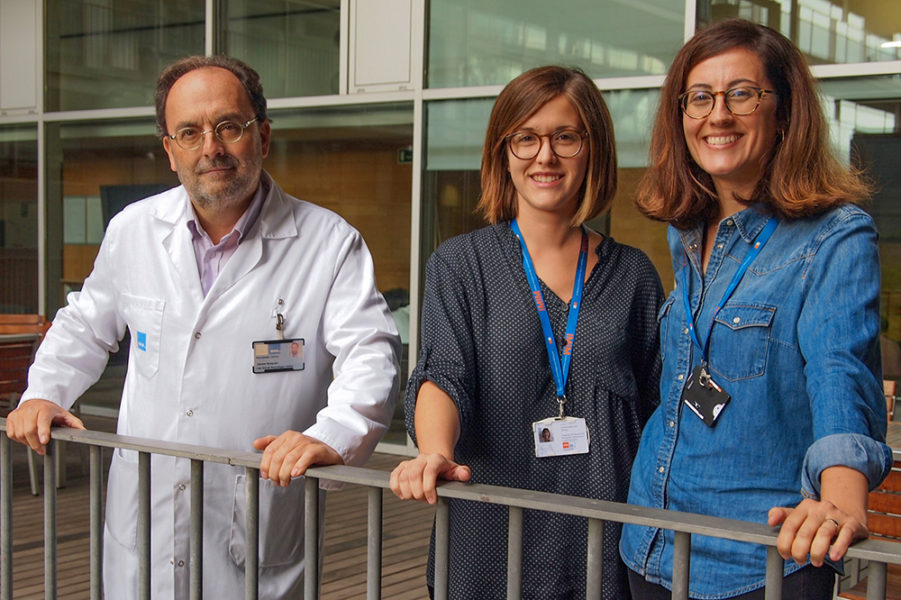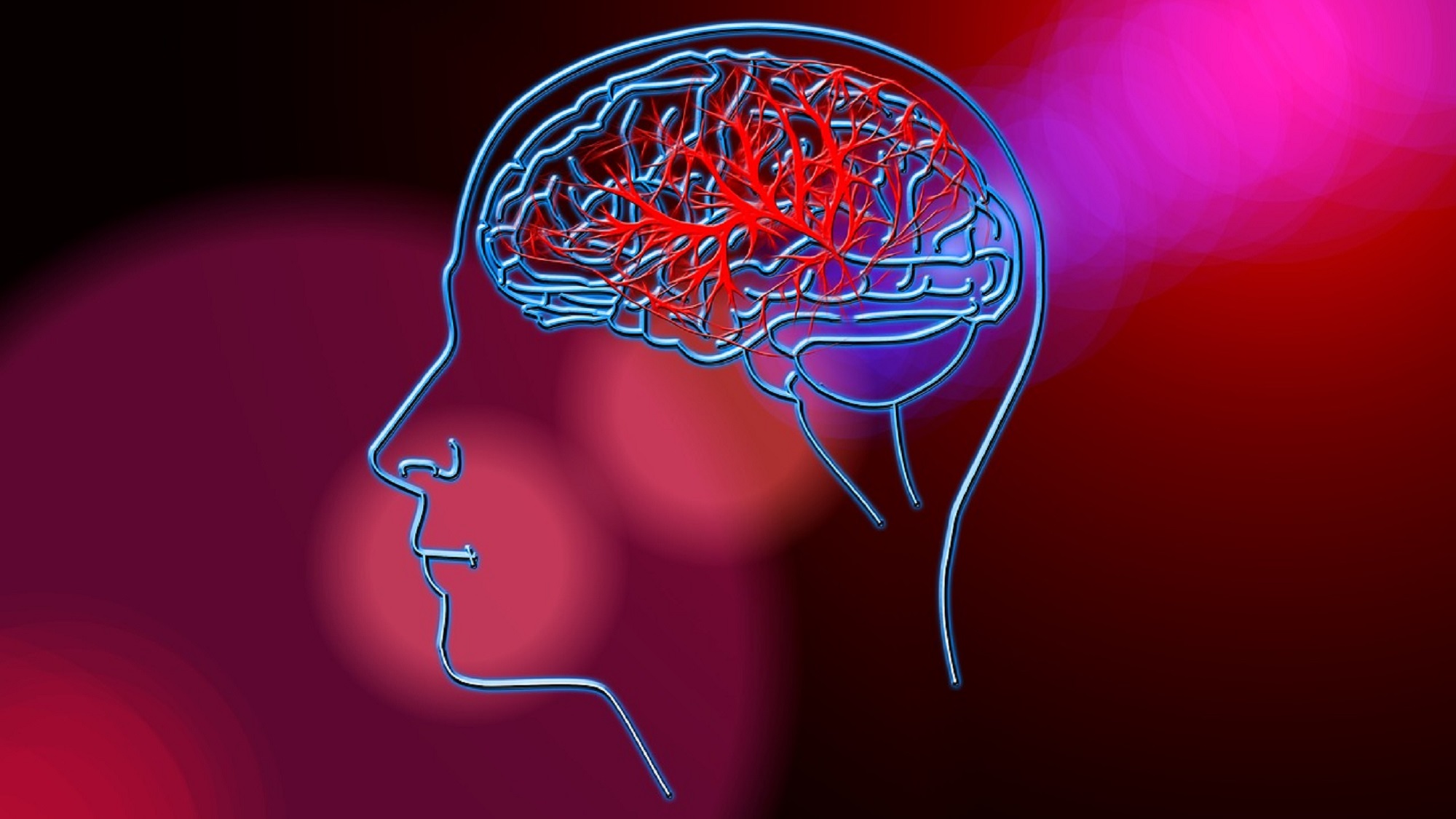People living in noisier areas have a 30% higher risk of having a more severe ischaemic stroke. On the contrary, this risk can be reduced by up to 25%, if people live close to green spaces.
These alarming results were obtained by studying the influence of noise levels, air pollution by suspended particles smaller than 2.5 microns and exposure to green areas on nearly 3,000 ischaemic stroke patients treated at the Hospital del Mar between 2005 and 2014. The researchers from the Hospital del Mar Medical Research Institute (IMIM) used data from the Cartographic Institute of Catalonia and satellite images to define areas with vegetation. Their findings are clear: living close to green areas not only decreases the risk of suffering a stroke – something which had already been shown – but also its severity.
The study shows how noise increases the risk of suffering a more severe stroke by up to 30%
The World Health Organisation (WHO) recommends traffic noise limits of a maximum of 53 decibels during the day and 45 decibels at night. According to Carla Avellaneda, a researcher at the IMIM, the average noise level to which the patients of the study group had been exposed to is considerably above the WHO recommendations, suggesting an important influence of the built environment on the global burden of ischemic stroke.
“We have demonstrated that environmental aspects like green spaces and urban noise levels affect the severity of a stroke and therefore our health. This information must be taken into account by political and health planners”, concludes Jaume Roquer, head of the Neurology Service at Hospital del Mar and coordinator of the Neurovascular research group at IMIM.

Indeed, this study by IMIM researchers adds to the growing scientific evidence that living next to a quiet, big green area is not only nice, but healthy. Another example are a couple of recent articles published by the Barcelona Institute for Global Health (ISGlobal), both part of the PHENOTYPE project. These have focused on green spaces quality, analysing people’s behaviours and moods in relation to them in four European cities. Their results showed that green spaces improved mood – specially in men – and that this effect was quite immediate, being stronger with short stays (10min) in green areas, compared with longer ones (30min).
The many ways pollution can affect your brain
The most recent of this string of ‘green papers’ coming out of the Barcelona Biomedical Research Park (PRBB) has gone deeper to show the physiological changes pollution can bring about in our brain – even before we are born.
In this new study, researchers at ISGlobal and IMIM collaborated to analyse the relationship between the exposure of pregnant women to particulate matter (PM2.5) and the size of their children’s corpus callosum, a region of the brain associated with neurodevelopmental disorders such as attention deficit hyperactivity disorder (ADHD) and autism spectrum disorder (ASD).
A total of 186 children from 40 schools in Barcelona were included in the study. The amount of PM2.5 particulate matter was obtained using data from the European Study of Cohorts for Air Pollution Effects (ESCAPE) and the residence history of each child. Magnetic resonance analysis was performed by Jesús Pujol, the research director of the Hospital del Mar Magnetic Resonance Unit and researcher at the IMIM, and behavioural data were collected using questionnaires.
The results showed a 5% volume decrease of the corpus callosum in children who had been exposed to higher concentrations particulate matter.
Children whose pregnant mothers had been exposed to higher air pollution levels had 5% decrease of their corpus callosum volume
“One thing that is worrying, is that the levels of pollution we saw as having an effect are actually below the limit value of 25 μg/m3 established by the European Union” says Jordi Sunyer, leader of the study and head of the Childhood and Environment Programme at ISGlobal.
“We now want to go a step further and analyse the brain using images from before and after birth, as well as to assess exposure individually,” adds Sunyer. This further study will be done through the Barcelona Life Study Cohort (BiSC Project), for which the resarchers are currently recruiting participants.
Hanneke Kruize, et al. Exploring mechanisms underlying the relationship between the natural outdoor environment and health and well-being – Results from the PHENOTYPE project. Environment International. October 2019. https://doi.org/10.1016/j.envint.2019.105173
Michelle Kondo, et al. Momentary Mood Response to Natural Outdoor Environments in Four European Cities. Environmental International. October 2019. https://doi.org/10.1016/j.envint.2019.105237
Rosa Maria Vivanco-Hidalgo, et al. “Association of residential air pollution, noise, and greenspace with initial ischemic stroke severity“. Environmental Research https://doi.org/10.1016/j.envres.2019.108725
Marion Mortamais, Jesus Pujol, Gerard Martínez-Vilavella, Raquel Fenoll, Christelle Reynesg, Robert Sabatier, Ioar Rivas, Joan Forns, Natàlia Vilor-Tejedor, Silvia Alemany, Marta Cirach, Mar Alvarez-Pedrerol, Mark Nieuwenhuijsen, Jordi Sunyer. Effects of prenatal exposure to particulate matter air pollution on corpus callosum and behavioral problems in children. Environmental Research, September 2019. https://doi.org/10.1016/j.envres.2019.108734







